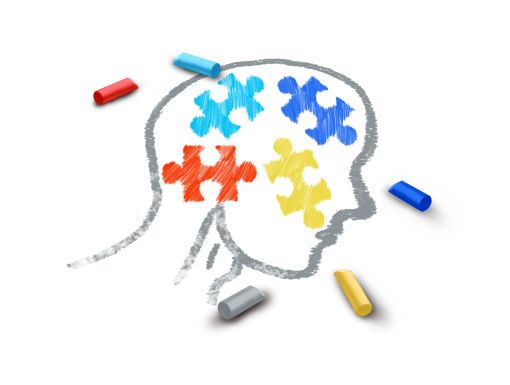
What Are Congenital Heart Defects?
Did you know congenital heart defects are one of the most common types of birth abnormalities? According to the Centers for Disease Control and Prevention, there are 1 million children in the U.S. living with congenital heart defects.
What are congenital heart defects?
A congenital heart defect is a structural defect in how a baby’s heart is formed and works. The condition affects the heart walls, heart valves and blood vessels and can range from simple and symptomless to complex and life-threatening.
What are the symptoms of congenital heart defects?
A congenital heart defect is present at birth and there are several tests (including an echocardiogram) that can verify its presence. Depending on the severity of the congenital heart defect, a baby might show the following symptoms:
- Blue-tinted skin (especially in the nails or lips)
- Shortness of breath
- Failure to feed or develop normally
- Swollen body tissue or organs
The Ochsner congenital heart program provides patients with access to the most advanced treatments and technologies such as:
- Single ventricle repair with the Norwood procedure
- Valvular repair
- Ventricular assist device (VAD) implantation
- Heart transplants
The Ochsner Congenital Heart center is developing into one of the top-performing centers in the country. Ochsner Children's released 2018 survival rates for congenital heart surgery patients, which included 100 percent survival for all neonatal surgery, including the Norwood procedure.
Ochsner’s survival rates are the result of the combined efforts of our growing team of dedicated professionals who have made it our mission to provide elite level outcomes and an excellent family experience.
Learn more about Ochsner's congenital heart program.



